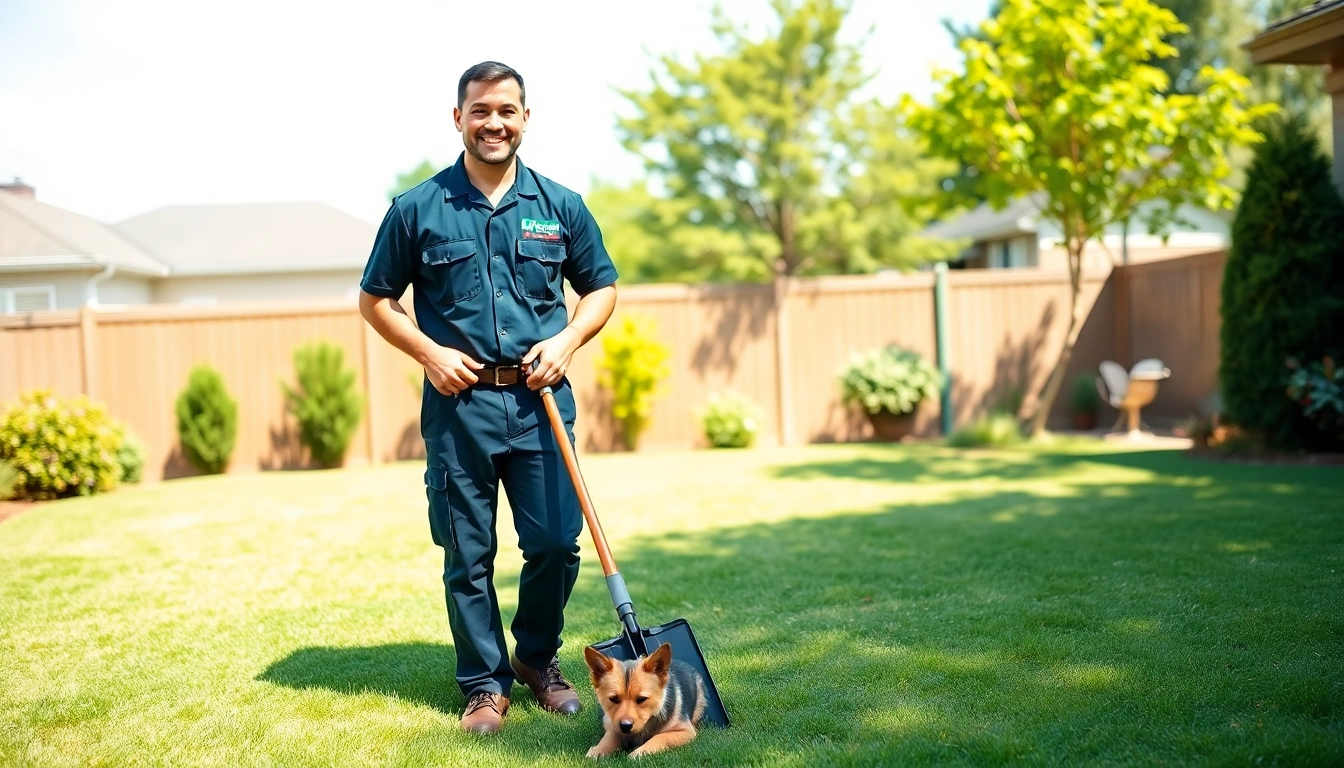Understanding Service Dogs for Sale
In recent years, the demand for service dogs for sale has gained significant traction. For many, these specially trained animals serve as indispensable companions in navigating the challenges posed by various disabilities. Understanding the nature and role of service dogs is crucial for individuals seeking assistance. This article aims to delve into the intricacies of service dogs, their benefits, and how to ensure you make an informed decision when looking for one.
Defining Service Dogs
Service dogs are defined primarily by their role in assisting people with disabilities. Unlike therapy dogs or emotional support animals, service dogs are specifically trained to perform tasks that aid individuals with physical or mental impairments. This training may include guiding blind individuals, alerting deaf individuals to important sounds, pulling wheelchairs, or even calming someone with PTSD during an anxiety attack. The law provides clear distinctions regarding the rights and responsibilities concerning service dogs, making it crucial for owners to understand these definitions when considering service dogs for sale.
Types of Service Dogs
Service dogs can be trained to assist with a wide array of physical and psychological needs. Here’s an overview of various types of service dogs:
- Medical Alert Dogs: These dogs are trained to alert individuals to medical emergencies, such as impending seizures or low blood sugar levels.
- Mobility Assistance Dogs: They assist individuals with physical disabilities by fetching items, opening doors, or even providing balance support.
- Guide Dogs: Specifically trained to assist visually impaired individuals in navigating their environment safely.
- Psychiatric Service Dogs: These dogs help individuals with mental health challenges by recognizing signs of anxiety, panic attacks, or PTSD symptoms and providing comfort or grounding techniques.
Legal Considerations for Service Dogs
Understanding the legal framework regarding service dogs is critical. Under the Americans with Disabilities Act (ADA), service dogs are defined as dogs trained to perform tasks for individuals with disabilities. They are granted access to public spaces, including restaurants, shopping centers, and public transport. However, it’s essential to note that the ADA does not recognize emotional support animals as service dogs, which restricts these animals’ access to certain areas. Furthermore, fraudulent claims regarding service animals can undermine the integrity of the service dog community, affecting those who genuinely need assistance.
Benefits of Having a Service Dog
Having a service dog comes with numerous advantages, often transforming the lives of individuals with disabilities in profound ways. Below are some significant benefits associated with having a service dog.
Support for Physical Disabilities
Service dogs provide vital support for people with various physical disabilities. They might assist with mobility, enabling users to navigate their environments more safely and confidently. A well-trained dog can perform specific tasks that make daily activities less burdensome, such as retrieving dropped items, opening and closing doors, or providing physical support when walking. By facilitating engagement in everyday tasks, service dogs significantly enhance their owners’ mobility and independence.
Emotional and Psychological Support
Beyond physical assistance, the emotional support provided by service dogs cannot be overstated. Many individuals battling mental health conditions can experience profound relief through the companionship of a service dog. These dogs can be trained to recognize signs of distress and intervene by providing comfort, thereby helping individuals navigate anxiety, depression, or trauma-related challenges.
Independence and Improved Quality of Life
The presence of a service dog often leads to increased independence for individuals with disabilities. They can perform tasks that reduce the burden on caregivers, allowing individuals to live more autonomously. This shift not only fosters dignity and self-sufficiency but also improves overall quality of life. Studies have shown that service dog partnerships contribute positively to emotional well-being, reducing feelings of isolation and enhancing social interaction.
How to Choose the Right Service Dog
Choosing the right service dog involves careful consideration and alignment between the dog’s skills and the individual’s needs. Here are essential factors to evaluate during this process.
Assessing Individual Needs
Before selecting a service dog, it is imperative to assess specific needs. Consider the tasks you require assistance with and how a dog can fulfill these requirements. Whether it’s mobility support, emotional stability, or alerting to medical conditions, identifying your primary needs will guide you in selecting a suitable canine partner. Gathering input from healthcare professionals can also lend valuable insight during this assessment phase.
Breed Considerations for Service Dogs
While many breeds can fulfill the role of a service dog, specific characteristics make certain breeds more suitable than others. Breeds like Labrador Retrievers, Golden Retrievers, and German Shepherds, known for their intelligence, trainability, and temperament, often excel in service dog roles. It’s essential to consider the dog’s size, energy level, and disposition to ensure an optimal match for lifestyle and living conditions.
Evaluating Training and Certificates
When searching for service dogs for sale, it’s vital to verify that the dog is properly trained. Look for certification from reputable organizations, which indicates that the dog has completed comprehensive training in specific tasks relevant to disabilities. Ask potential sellers about their training methodologies, and observe how the dogs perform tasks in real-world scenarios. This vetting process helps ensure that you are acquiring a well-trained service dog capable of meeting your needs.
Where to Find Service Dogs for Sale
Finding a credible source for acquiring service dogs is crucial to ensure you receive a well-trained and healthy animal. Various avenues exist, each with its pros and cons.
Reputable Breeders vs. Shelters
One common decision to make is whether to go through a reputable breeder or adopt from a shelter. Reputable breeders often provide socialization and specialized training for their dogs, ensuring optimal quality. However, adopting from shelters can be a commendable option, offering a home to a dog in need. It’s essential to evaluate each option carefully, considering factors such as temperament, training history, and health guarantees.
Online Platforms and Local Listings
Numerous online platforms specialize in connecting individuals with dogs that fit their needs, including service dogs. Websites that vet sellers and provide comprehensive information about the dogs’ training and backgrounds can be valuable resources. Local listings may also offer opportunities to meet dogs and assess their compatibility.
Community Resources and Support Groups
Engaging with community resources, including local disability advocacy groups and support networks, can provide insights and recommendations for finding service dogs for sale. Many organizations run programs and can offer guidance based on personal testimonials and community experiences, thereby simplifying your search.
Training and Caring for Your Service Dog
Once you’ve acquired a service dog, understanding the ongoing responsibility of training and care is vital. Proper training and care not only enhance the dog’s performance but also improve the bond between you and your canine companion.
Basic Training Requirements
Even after acquiring a trained service dog, continual reinforcement of training is essential. Engaging in regular training sessions helps maintain skills and ensures that the dog adapts to changing needs as their handler’s circumstances evolve. Basic commands like sit, stay, leave it, and recall are foundational, but task-specific training should be regularly reviewed.
Daily Care and Health Management
Caring for a service dog involves meeting their physical and emotional needs. Daily exercise, a balanced diet, and regular veterinary check-ups are crucial for the dog’s well-being. Ensuring a structured routine fosters a stable environment, which is particularly beneficial for service dogs that thrive on predictability.
Continual Learning and Adaptability
Each service dog may face new challenges as they grow and their owners’ situations change. Being open to continual learning—for both the dog and the owner—is vital for maintaining a successful partnership. Regular involvement in local training classes or workshops can enhance skills and provide opportunities to socialize and learn from others.



